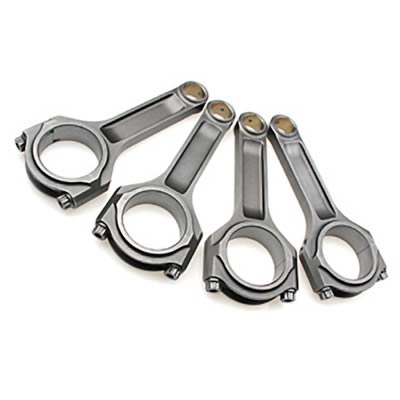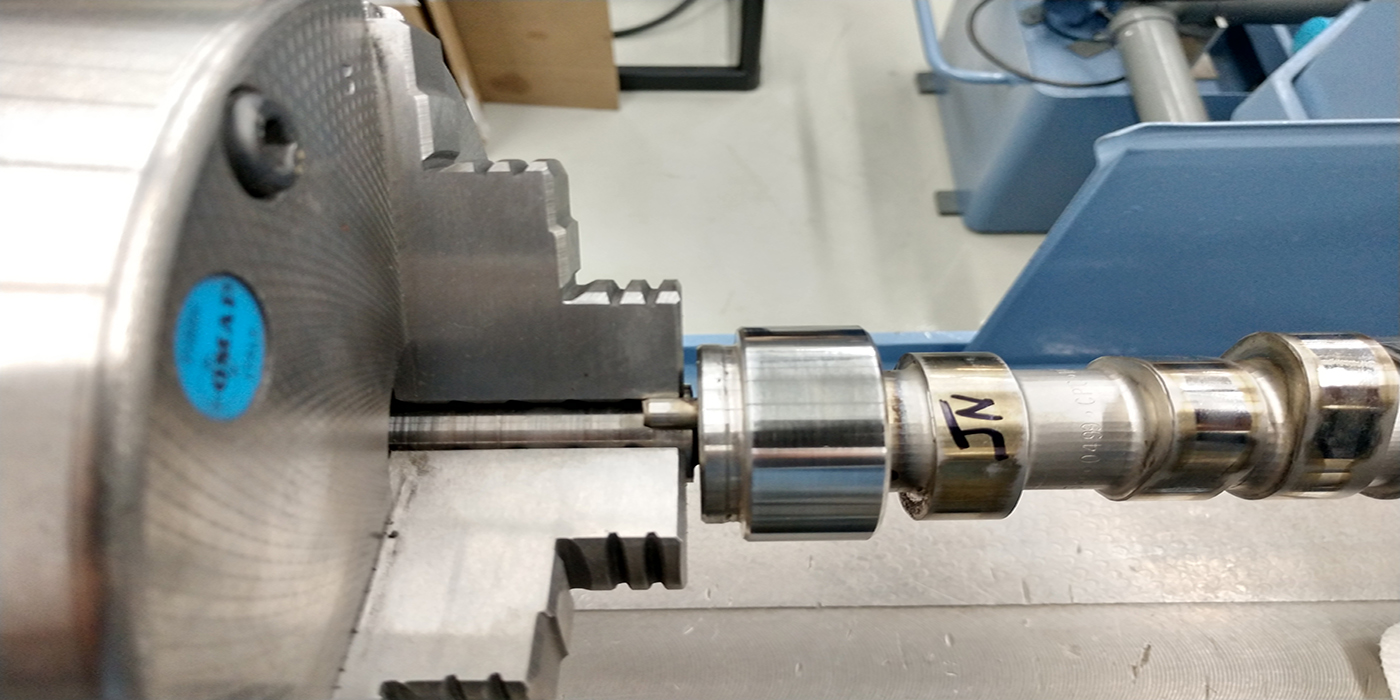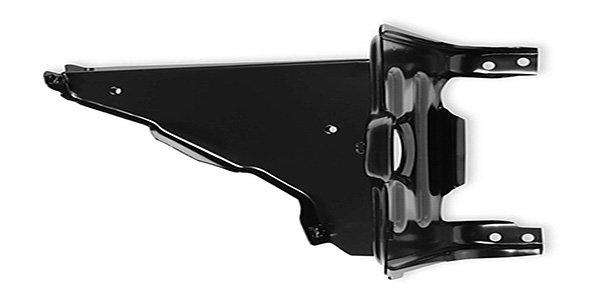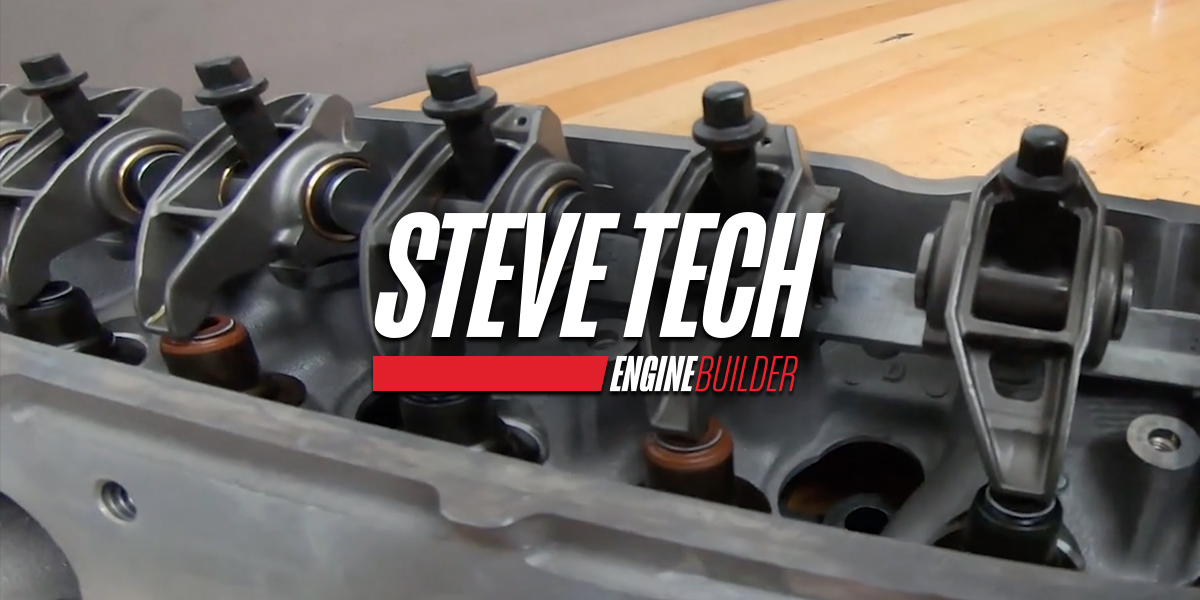The types of rods are broken into four families: stock, aluminum, 4340 forged and 4340 billet. I know there are some 4130 and 5140 aftermarket rods available, but I have no experience with these.
Stock rods vary from manufacturer to manufacturer, not only in size and shape, but in the amount of power and RPM’s they can withstand. For example, we’ve installed well prepared big block Chevy rods in some 800+HP/7500 RPM nitrous engines with no failures, but a big block Ford rod would never take that and it’s not that I’m pro Chevy, a small block Chrysler rod is a very strong piece. I just call them like I see them.
The preparation we do to a rod depends on the level of power or RPMs it will have to withstand. The minimum, even for a stock rebuild is to shot peen, magniflux and re-size the bearing end. For more demanding use we will side polish the rod. This is to remove any stress risers on the beam area. A stress riser is a surface imperfection that will allow a crack to start. Once the rod is clean and side polished, we magniflux them. If they pass this test we get them shot peened. After peening, the rod is re-sized using SPS bolts. We have had zero rod bolt failures with these and we feel that they are the some of the best available. If a racer supplies a set of good cores, rods prepared in this fashion will cost way less than $200 and hold up pretty well depending on piston weight, RPM, horsepower, and as I stated earlier, the manufacturer.
Now we’ll get into the aftermarket rods. First, we’ll look at aluminum. Aluminum rods are more suited for higher RPM drag racing engines. Some of the advantages are lighter weight and that they absorb some of the shock from the exploding intake charge and from the piston changing direction. They are also more economical than premium billet 4340 rods. The disadvantages are that they are bulky and hard to fit in an engine with a lot of stroke. Another disadvantage is their shorter life expectancy. Most manufacturers recommend changing them after 200 to 400 runs. I’m sure that there is more to the aluminum rod story and if you’re considering a set it’s best to call the people who make them to see if they are right for your application.
Now, on to 4340 forged aftermarket rods. These are a good compromise between cost and reliability. They usually sell for between $600 and $800 and are available from many different manufacturers. The ones we use the most are Oliver and Lunati. They are available in a wide range of lengths and the Oliver rods come in a standard weight and lite weight version.
[Editor’s note: The companies mentioned in this article are not an endorsement by Engine Builder. Vist our 2012 High Performance Buyers Guide for a complete list of rod manufacturers]
We mostly use forged 4340 rods in engines that are limited oval track and non-nitrous drag applications. For unlimited oval track or high RPM nitrous drag, we use billet 4340 rods. These are the most reliable rods on the market. They are also the most expensive (except titanium rods). They can sell for between $1,000 and $1,200 per set. They are available in a bunch of different lengths and weight ranges. Since they are machined from a solid bar, it gives the manufacturer a lot of freedom to change the size and shape of the rod to suit a given application.
Billet rods are available from many different companies, the ones we use the most are Oliver and Crower. They both seem to be very reliable. We have never had a rod failure when using these rods. This should help in choosing what rods to use in your racing engine. I will shed a little light on selecting the length of your connecting rods, but this is a whole article in itself.
For limited induction engines the rod should be as long as possible. The engines usually don’t make a ton of horsepower so the piston can be pretty short and still hold up. On unlimited induction engines or engines with heads that have a lot of port volume, maximum rod length is not quite as critical so you can leave a little more piston height to get reliability and still not hurt horsepower. This is about as deep into rod length as I’m going to get at this time.
– Tech Tip courtesy of Jensen’s Engine Technologies 



